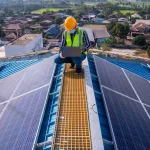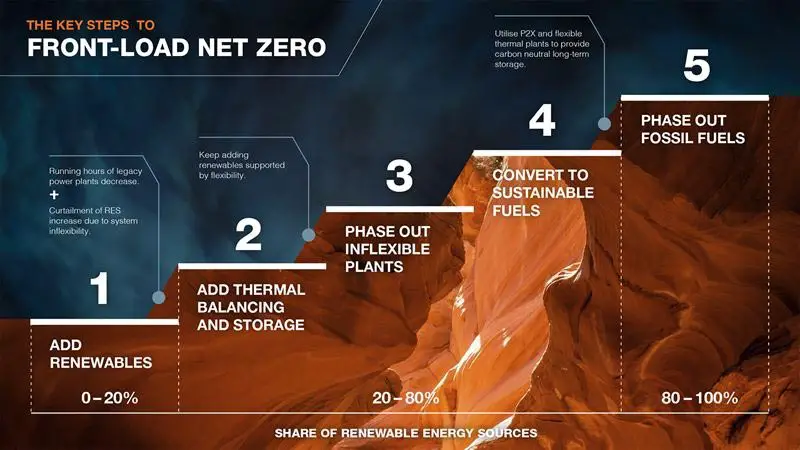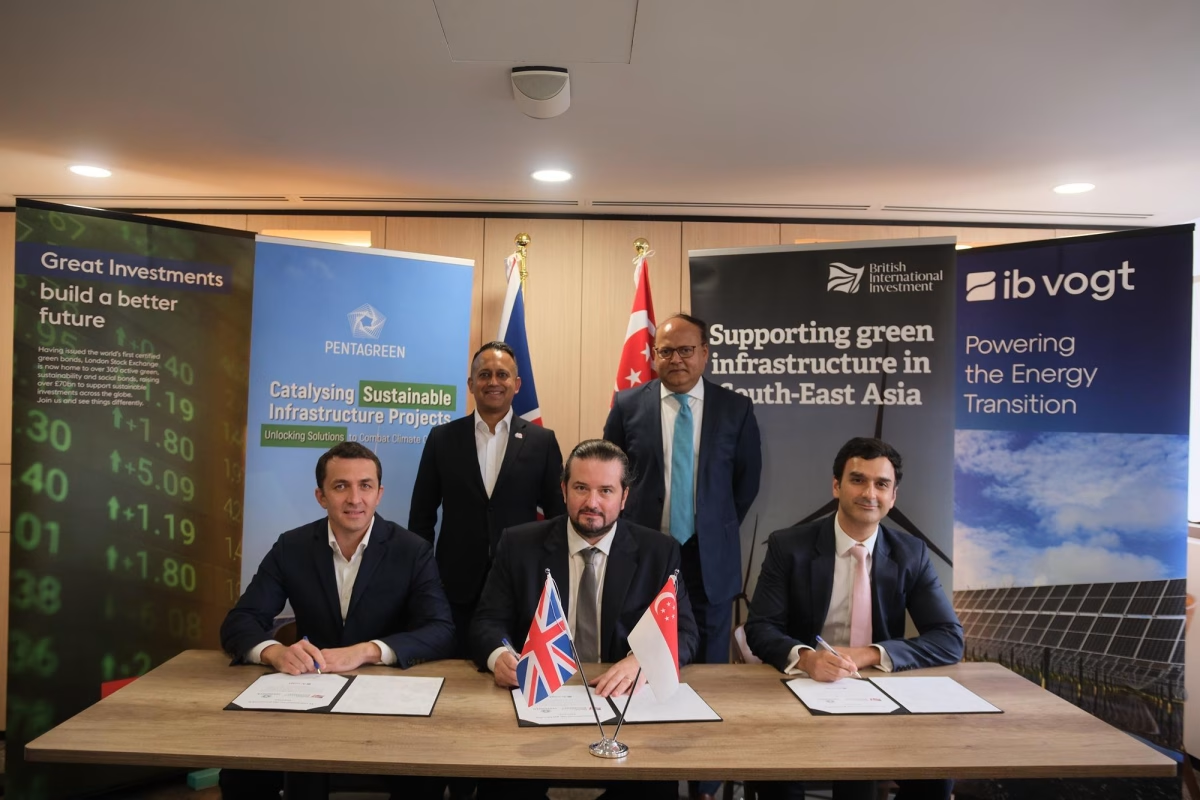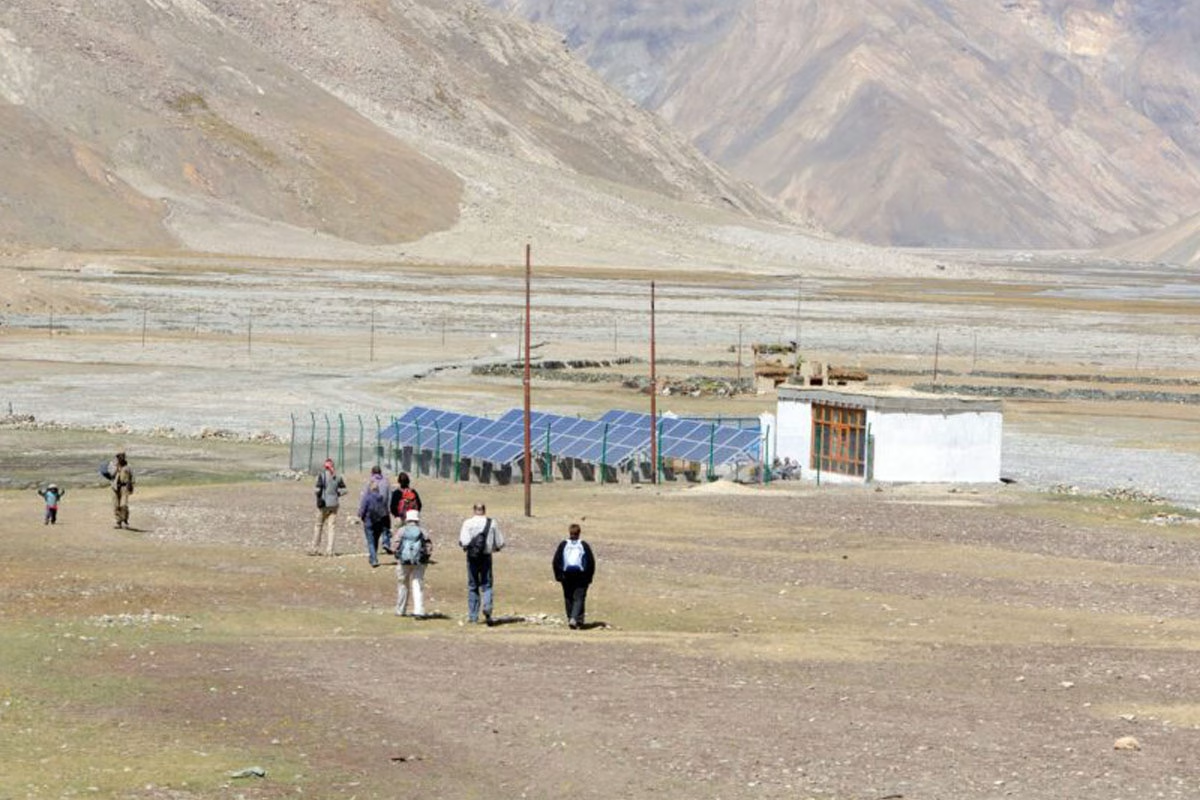
Rooftop solar installation price will temporarily increase in 2022, says GlobalData
June 7, 2024
Solargis Launches Whitepapers on Better Albedo Measurements for Bifacial PV Projects
June 7, 2024Steven Kwok Oct 06, 2021 EDT
The technology group Wärtsilä presents its “Front-Loading Net Zero” report at the Economist Sustainability Week event today, 6 October. This 52-page report states that electricity production costs could be reduced by up to 50% by 2050 if countries adopt 100% renewable systems faster than planned. These significant cost reductions can be achieved by front-loading renewables deployment and utilizing associated technologies (such as energy storage and thermal balancing power plants) to balance their inherent intermittency. California, India, and Germany are the key regions studied in this report. Parts of the benefits bought to these regions by accelerating the 100% renewable energy transition are:
- The acceleration can cut down the overall Levelized cost of electricity (LCOE) significantly. India can halve its electricity costs by 2050, while Germany and California can cut costs by 8% and 17% by 2040, respectively.
- Coal-fired power, which takes up 70% of generation in India and 33% in Germany—can be securely replaced by renewables and flexible energy storage and thermal balancing power plants as early as 2040.
- California can meet 100% Renewables Portfolio Standard (RPS) by 2040 and become carbon neutral by 2045 fully.
To illustrate the measures needed for cost-optimal paths to 100% renewable electricity, Wärtsilä has modeled the transition in California, India, and Germany. Despite vastly different socio-economic dynamics, energy systems, and challenges, these regions’ clear and viable pathways show that affordable net-zero economies are in reach for many other countries. Besides the deep dive models, the report also studies and provides pathways for the energy transition in Australia, Chile, and the U.K.

The key steps to front-load net zero © Wärtsilä Corporation
One should acknowledge that there is no single solution that fits all countries. The Front-Loading Net Zero report states that most countries already have all the technologies needed. The key to achieving 100% renewable energy is to front-load and start now
As it is presented ahead of the UN Climate Change Conference (COP26) which will take place from 31 October to 12 November, Håkan Agnevall, President & CEO of Wärtsilä, views that the report “should act as a wake-up call for leaders, as this is our last and best chance to get countries on pathways to carbon neutrality. Our modelling shows that it is viable for energy systems to be fully decarbonised before 2050.” Visit the official page of the report and download it for free.
Growing demand for distributed energy
Distributed energy generation is the process in which numerous technologies produce electricity like solar panels and combined heat and power. The process serves a single structure like the residential sector, in which common distribution systems include solar photovoltaic panels. The use of distributed generation has increased particularly in the United States due to the widespread use of renewable technologies like solar panels. Multiple governments are advancing policies to propel the deployment of renewable technologies because of their benefits like resiliency, energy and emission control. In a nutshell, the deployment of green and renewable sources of energy with technologically advanced methods for producing solar electricity for residential energy will drive the market over the forecast years.




